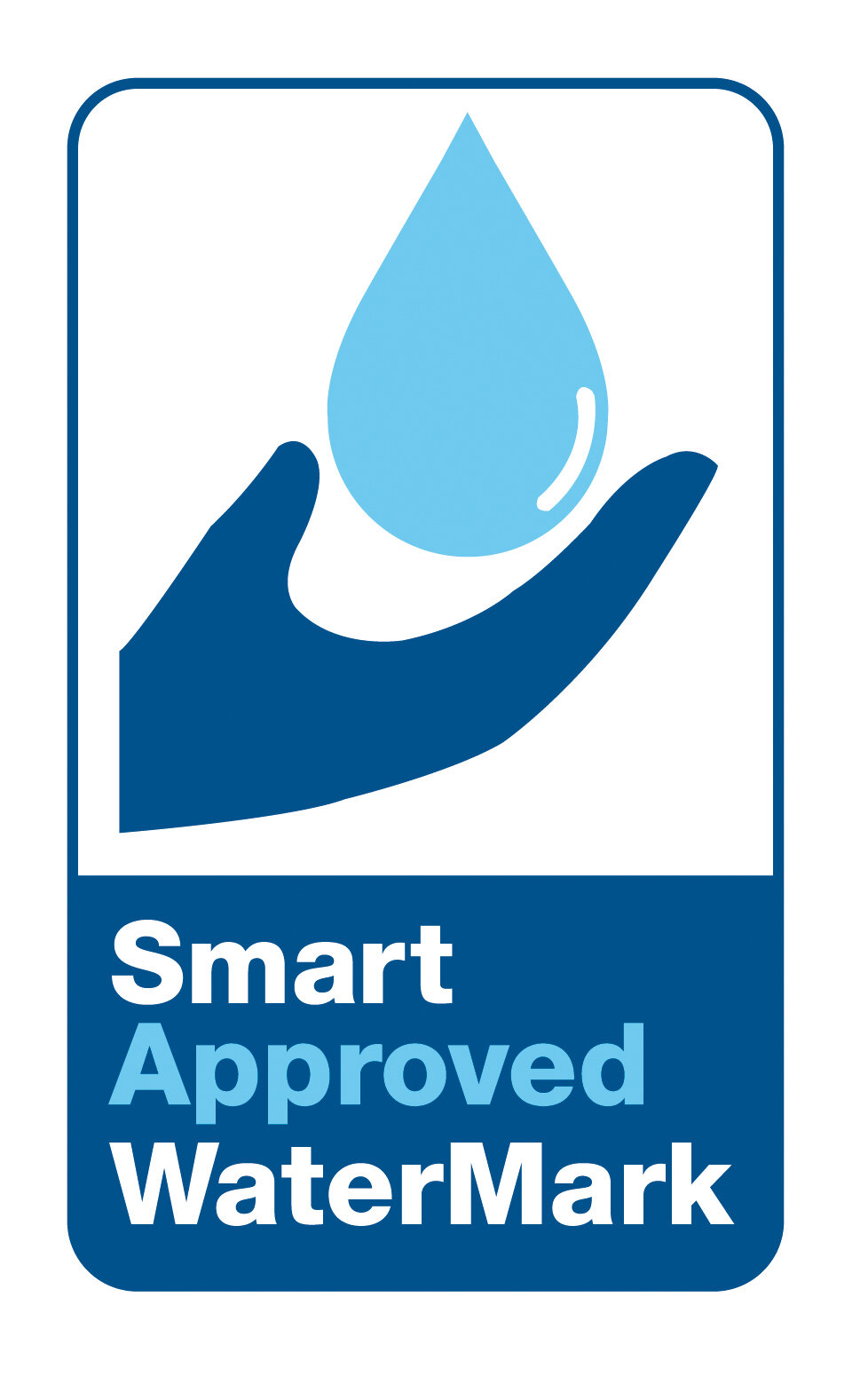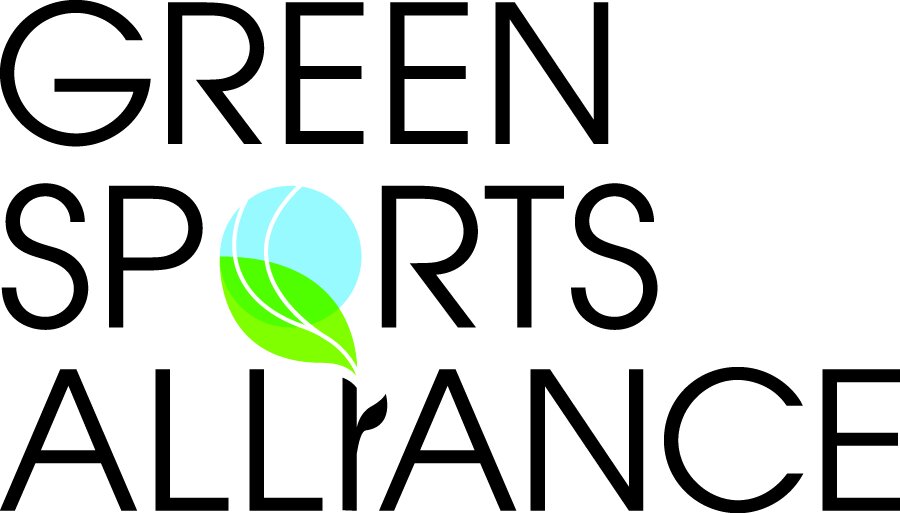Recently new waterless body baths and shampoos have been introduced in US hospitals that are proving not only effective, but meeting with considerable patient approval as well.
Quietly, California Airports Are Reducing Water Consumption
With little fanfare, most airports in California have been taking significant steps to reduce their water consumption. While it can vary significantly, collectively airports use hundreds of millions of gallons of water every year. In California, this is no longer sustainable.
Realizing this, here are some of the steps California airports are taking to reduce consumption, which can help airports around the world:
San Jose International
· The green ivy bear, which has greeted visitors to San Jose for the past 12 years, appears to be doing fine sipping recycled water from the airport's irrigation system.
· Windows are no longer pressure-washed clean. Instead, they are cleaned by hand using recycled water, resulting in a dramatic reduction in water consumption.
San Diego International
· This airport found an untapped source of water: the water created by air conditioning condensation. The airport is now capturing this water and reusing it for irrigation and other purposes. In one year, they collected more than 5,000 gallons of water, and the airport believes it will collect as much as 840,000 gallons annually in the coming years.
San Francisco International
· This airport traditionally greeted new carriers and new flights with water cannon salutes. Typically, this happened once per month and used as much as 4,000 gallons of water per event. This practice has been discontinued not only at San Francisco International, but Los Angeles International and the Bob Hope Airport.
Palm Springs International
· Waterless urinals have been installed. The airport reports they are saving 44,000 gallons of water per urinal per year.
Virtually All State Airports
· Most all California airports have now installed low-flow washroom fixtures.
· Synthetic turf is replacing grass lawns.
· Many rental companies are now using as much as 90 percent recycled water to wash cars.
"Something we often overlook is that the other side of water challenges is innovation," adds Klaus Reichardt, CEO, and President of Waterless Co. "We can expect more innovation and new ideas in the future, all tailored to help us use water more responsibly and efficiently."
What is a Water Footprint?
The Sustainable Sanitation and Water Management Toolbox
The Sustainable Sanitation and Water Management Toolbox (SSWM) is essentially an online library providing advice on how to handle many different types of sanitation and water-related problems, especially for third-world and developing countries.
In May 2019, they published a study, produced by the Swiss Federal Institute of Aquatic Science and Technology, essentially covering the advantages and disadvantages of waterless urinals. Introducing their report, they said very simply that:
A urinal is used only for collecting urine. Urinals are generally for men, although models for women have also been developed. Most urinals use water for flushing, but waterless urinals are becoming increasingly popular. This is the reason for our investigation.
With that, we report their findings:
The advantages of installing waterless urinals
Waterless urinals do not require a constant source of water
Can be built and repaired with locally available materials
Low capital and operating costs
Waterless urinals produce fewer odors than urinals with water flush and also have no problems with urinal cakes (odor and urinal cakes occur when urine is mixed with water)
Waterless urinals contribute to water saving at the highest possible degree
Waterless urinals allow the pure and undiluted collection of urine for reuse, e.g., as fertilizer in urban farming
Disadvantages of installing waterless urinals
In case of replacement of the odor trap seal, the maintenance staff needs to be instructed on how to replace the seal when necessary and how to wash the fixture. However, no skilled personnel are required
The use of microbial blocks may cause pollution problems in case of reuse of urine in agriculture and is therefore not recommended
Problems with odors may occur if not used and maintained correctly
Models for women are not widely available
While none of our other blogs discuss no-water urinals for women, many of them do discuss the importance of proper custodial training on how to clean and maintain no-water urinals. This appears to be an ongoing problem but in reality it can be handled so easily. Some cleaning solutions need only to be sprayed on the waterless urinals. The solution dissolves soils and contaminants, no wiping or scrubbing is necessary. The process helps keep both the waterless urinals and the entire restroom fresh, clean, and odor-free.
The Waterless Co blog is where building owners and managers find expert, practical advice on ways to reduce water consumption and to help use water more efficiently. Our goal is to protect our most valuable natural resources, help facilities reduce their water consumption and water-related costs, and operate in a more environmentally responsible and sustainable manner. For more information, contact us at 1-800-244-6264
Lessons Learned After Installing Waterless Urinals
Before installing waterless urinals, an astute building owner or manager often wants to know what experiences other owners/managers have had with them. Moreover, they typically want to know what others have learned about waterless urinals once the urinals were installed.
A study conducted a few years back investigated these issues and under the heading, "Lessons Learned," this is what they reported:
· Keep the cartridge (cylinder or trap at the base of the no-water urinal) filled with a liquid sealant at all times to prevent odors. Only a few ounces are necessary, but the sealant blocks sewer odors from being released into the restroom.
· Cartridges should be changed. This is true with all no-water urinals; however, the frequency can vary. With some non-water urinals, the cartridge may need to be replaced every couple of months; with while others can last up to six months and are often less expensive, both of which are significant cost savings.
· Use enzymes and hot water to flush drain lines; Enzymes are designed to breakdown (eat) different forms of bacteria. Taking this step helps keep the drains below the urinal clean and healthy.
· Some manufacturer's cartridges can be reused with rinsing. This is not the case . Cartridges are closed units and by code need to be. Owners/managers should make sure they fully understand how frequently the cartridges should be changed and assure they are not reused.
· Custodial workers must be trained not to pour large amounts of water down the no-water urinals.
One of the most important "lessons learned" we have experienced, is that many building owners and managers have not performed their due diligence before selecting no-water urinals. The costs of the cartridges, for example, can vary significantly and, as mentioned, some that must be changed the most frequently are also the costliest.
Further, as important as it is to train custodial workers properly on how to clean no-water urinals, the types of cleaning solutions they use are just as important.
For instance, some cleaning solutions simply need to be sprayed on the urinal. There is no wiping required. This is the easiest and fastest way to clean waterless urinals. If conventional cleaners are used, avoid harsh cleaners. Instead, neutral, all-purpose cleaners should do the job. Further, always use microfiber cleaning cloths. These tend to be more effective than cotton cleaning cloths.
The Waterless Co. blog is where building owners and managers find expert, practical advice on ways to reduce water consumption and to help use water more efficiently. Our goal is to protect our most valuable natural resources, help facilities reduce their water consumption and water-related costs, and operate in a more environmentally responsible and sustainable manner. For more information, contact us at 1-800-244-6264
Water Savings Measures at Atlanta Mercedes-Benz Stadium
To understand why Atlanta’s new Mercedes-Benz Stadium is noteworthy–especially for its focus on sustainability and water conservation–it is important to know how the stadium industry has been evolving during the past few years. People are not attending large sports venues the way they were only 10 or 15 years ago.
This has been verified by recent studies that indicate stadium attendance has been on a steady decline. In 2014, more than 35% of U.S. consumers reported that they had attended a sporting event at a stadium in the past six months. By 2017, that number had dropped to just 27%, according to a study by Gartner, a research and advisory company.
To help turn this trend around, the owners and developers of Mercedes-Benz Stadium took many steps to bring attendees back to the sports venue, including making the stadium sustainability focused. It is the first professional sports stadium in the world to earn Leadership in Energy and Environmental Design (LEED) Platinum certification.
Gold LEED certification requires a facility to earn 60 to 79 points and platinum requires 80 or more points. Mercedes-Benz Stadium earned 88 points. To reach the Platinum level, the stadium’s administrators developed water-use strategies and installed fixtures that consume far less water–or use it far more efficiently–than ever before in a sports venue.
To read more about the Atlanta Falcons new sustainable stadium, click here.
















